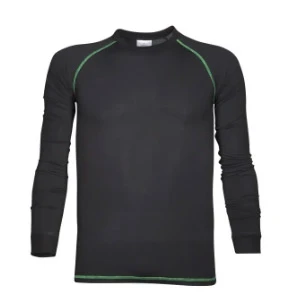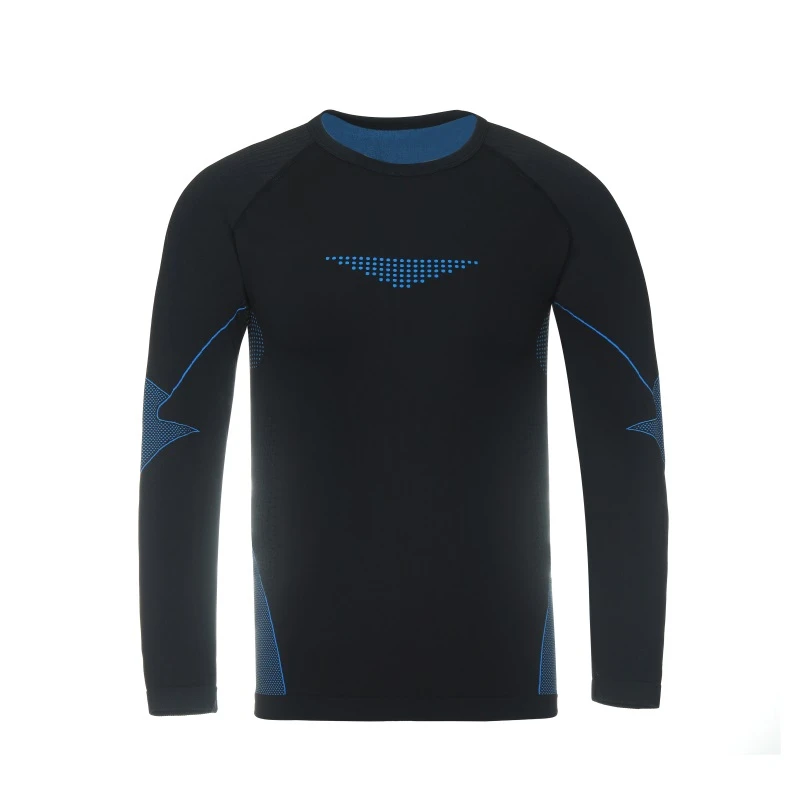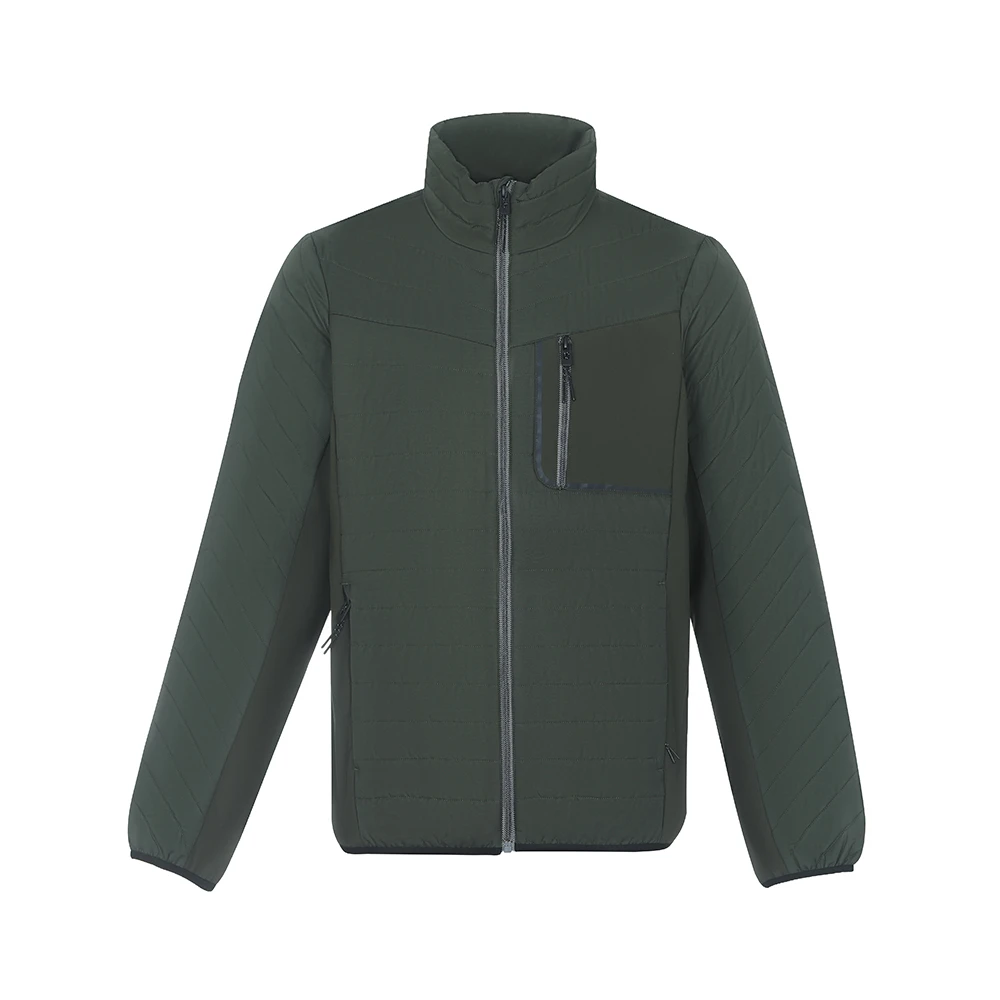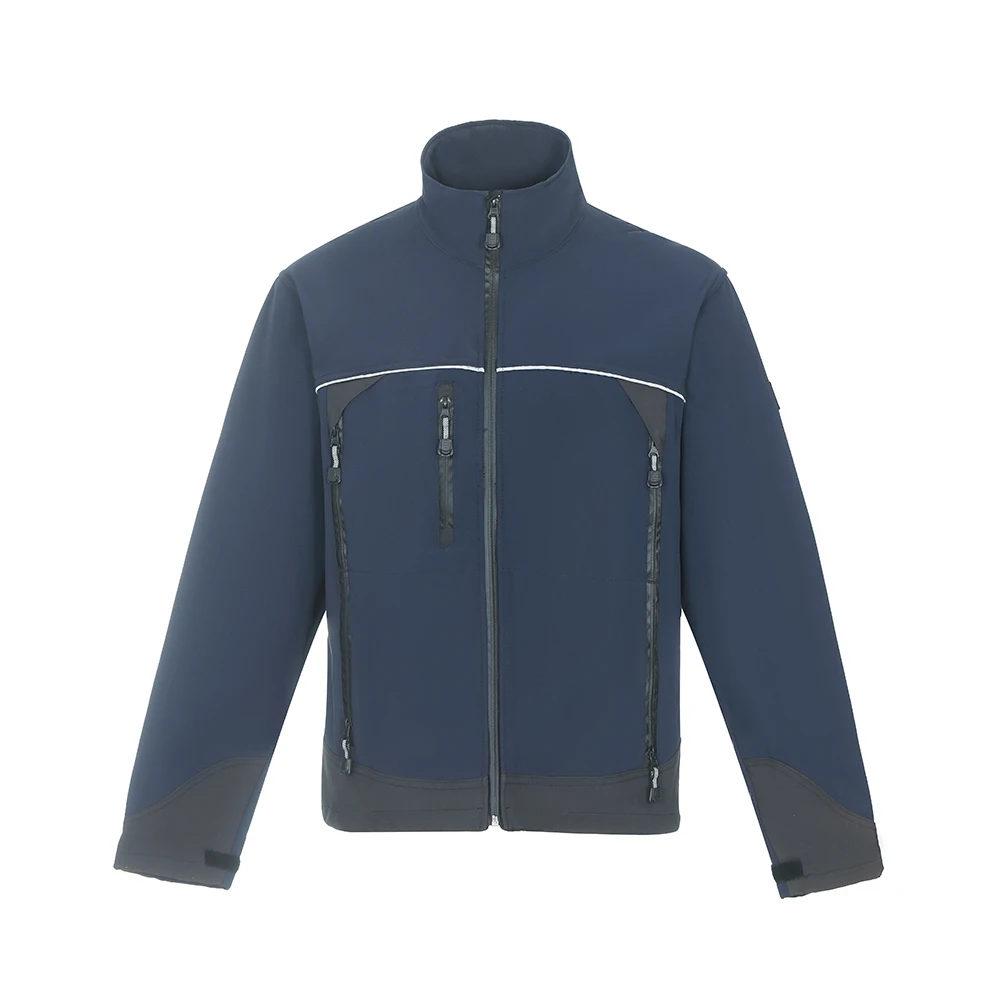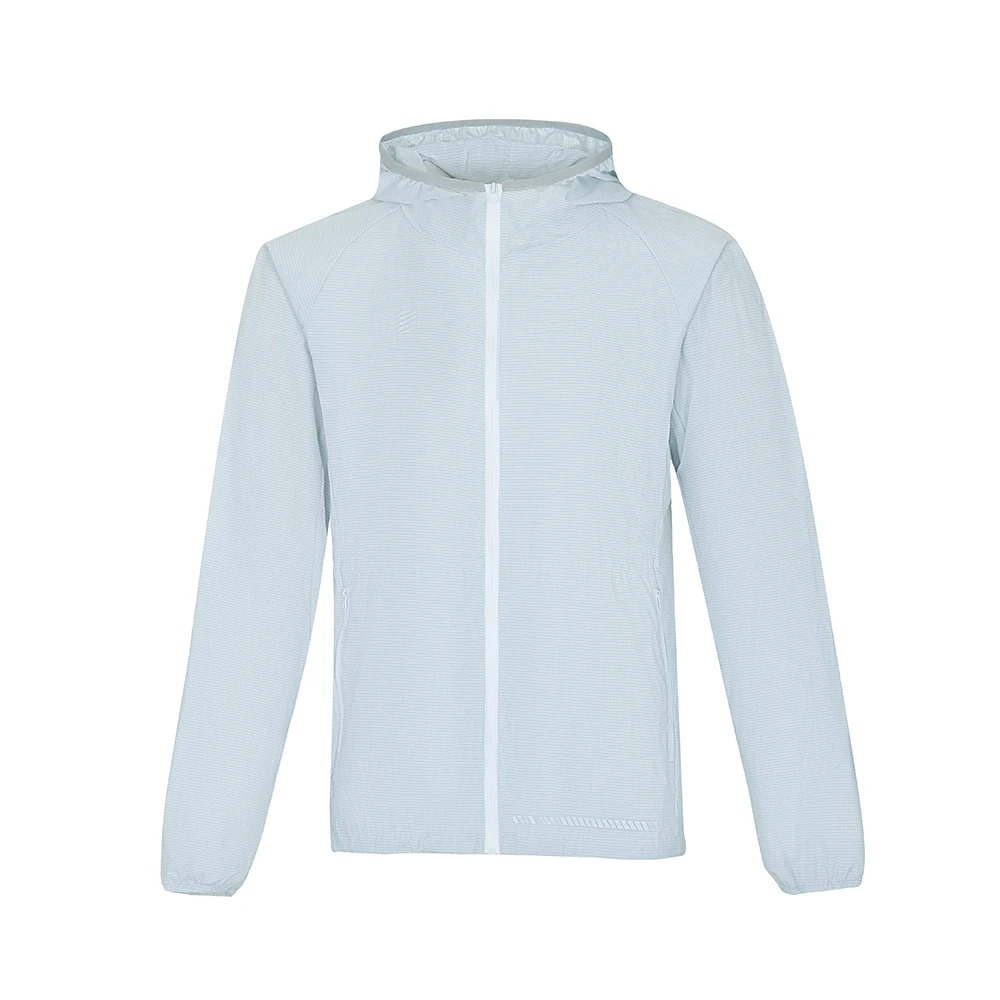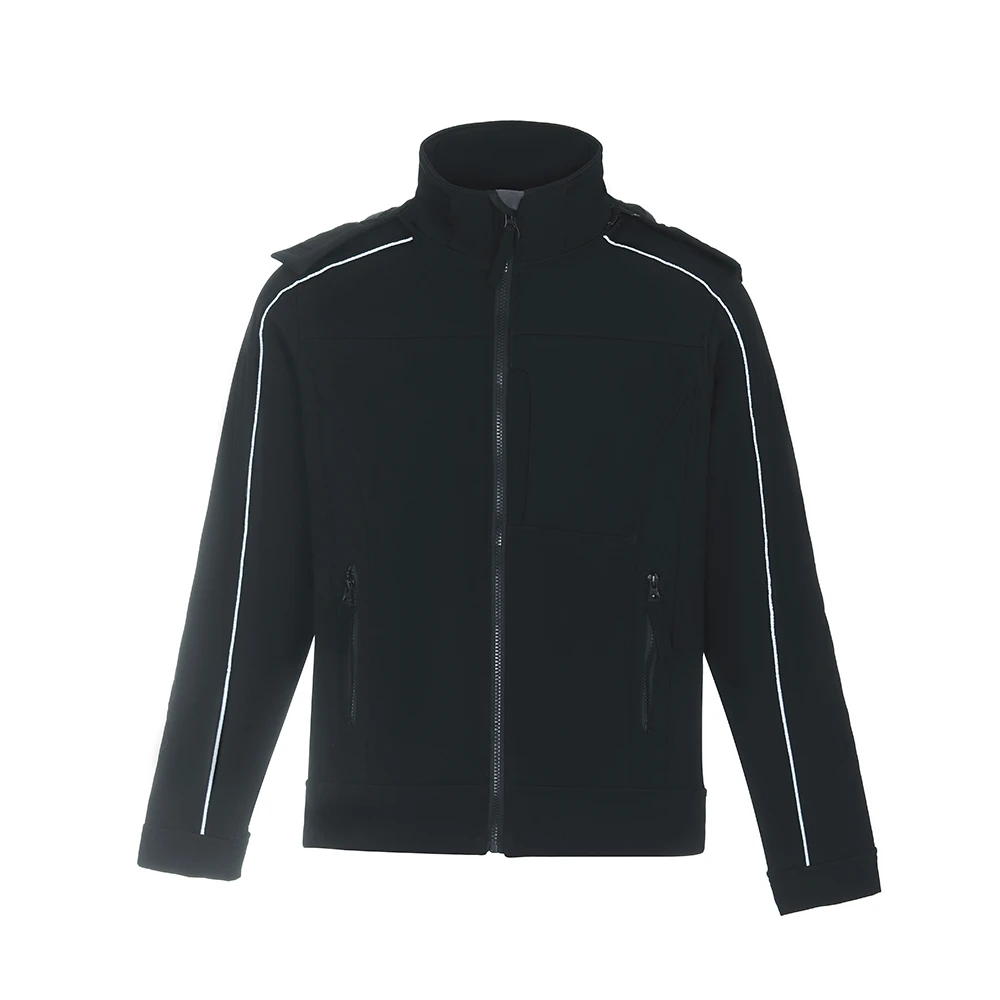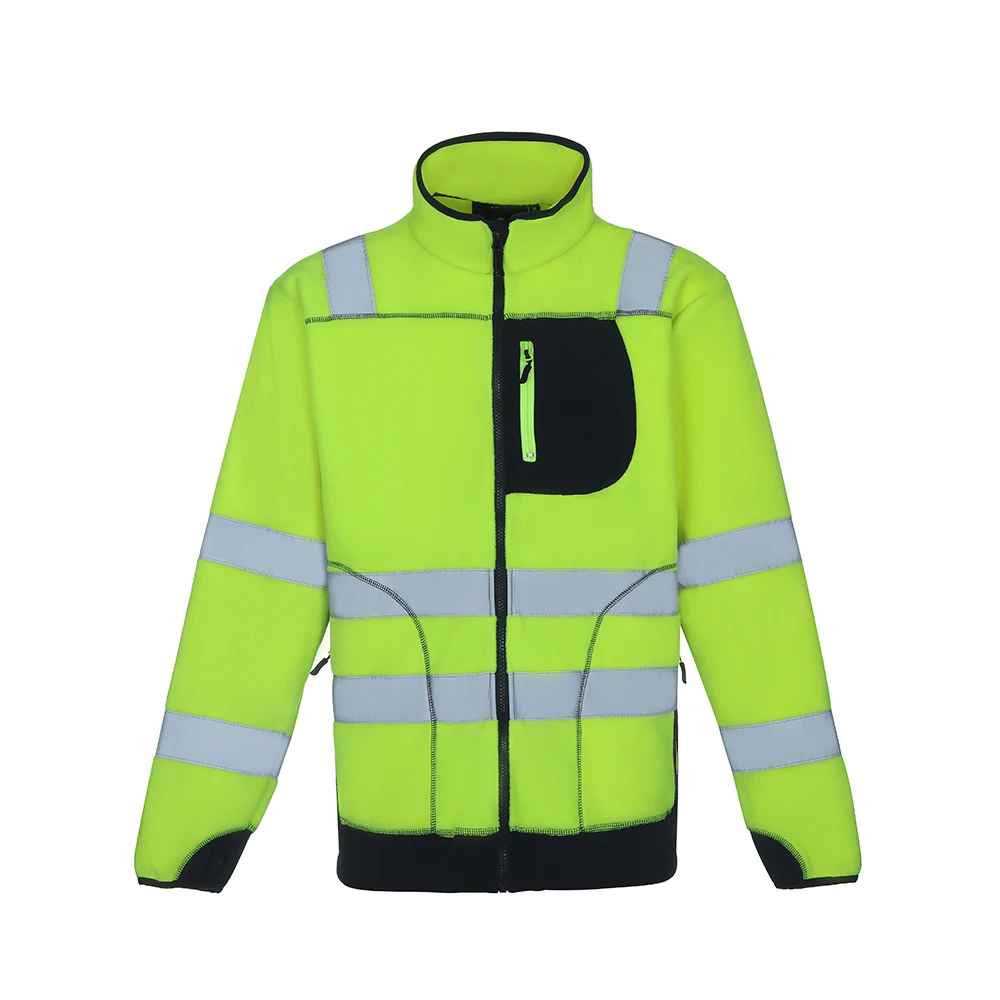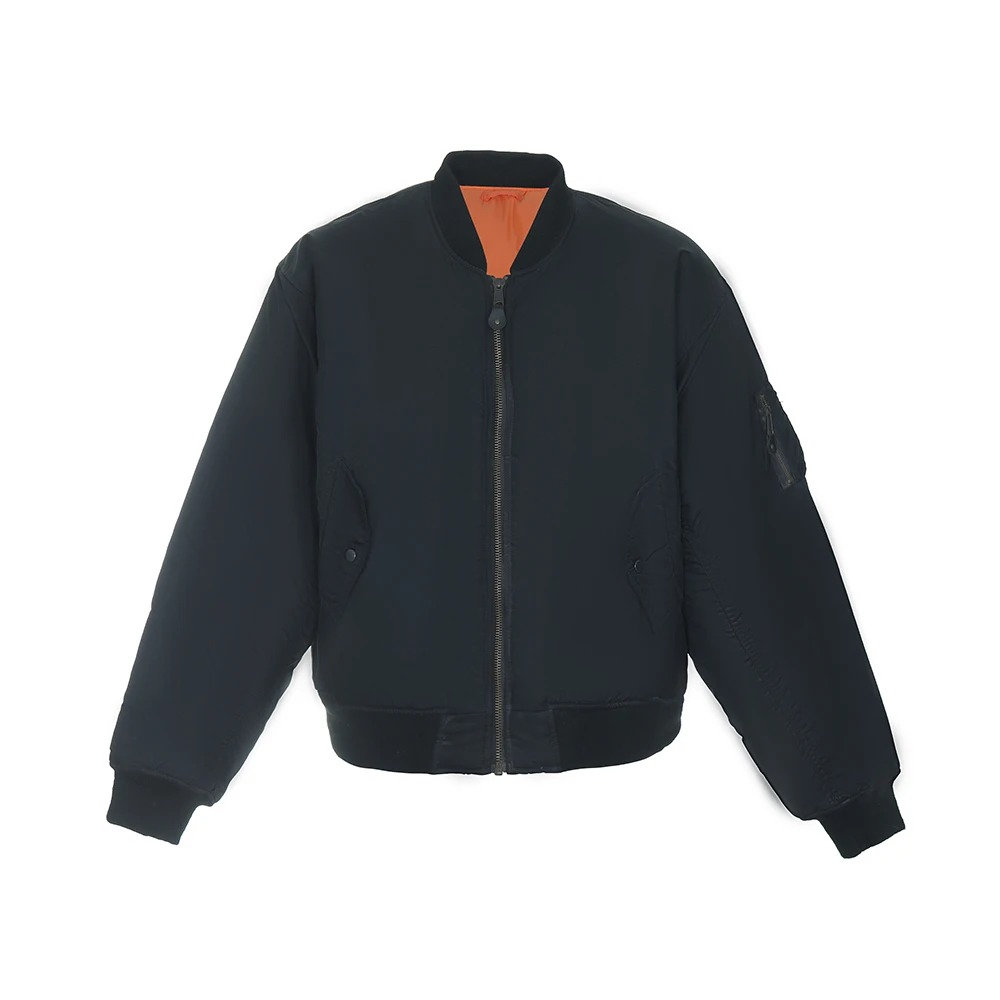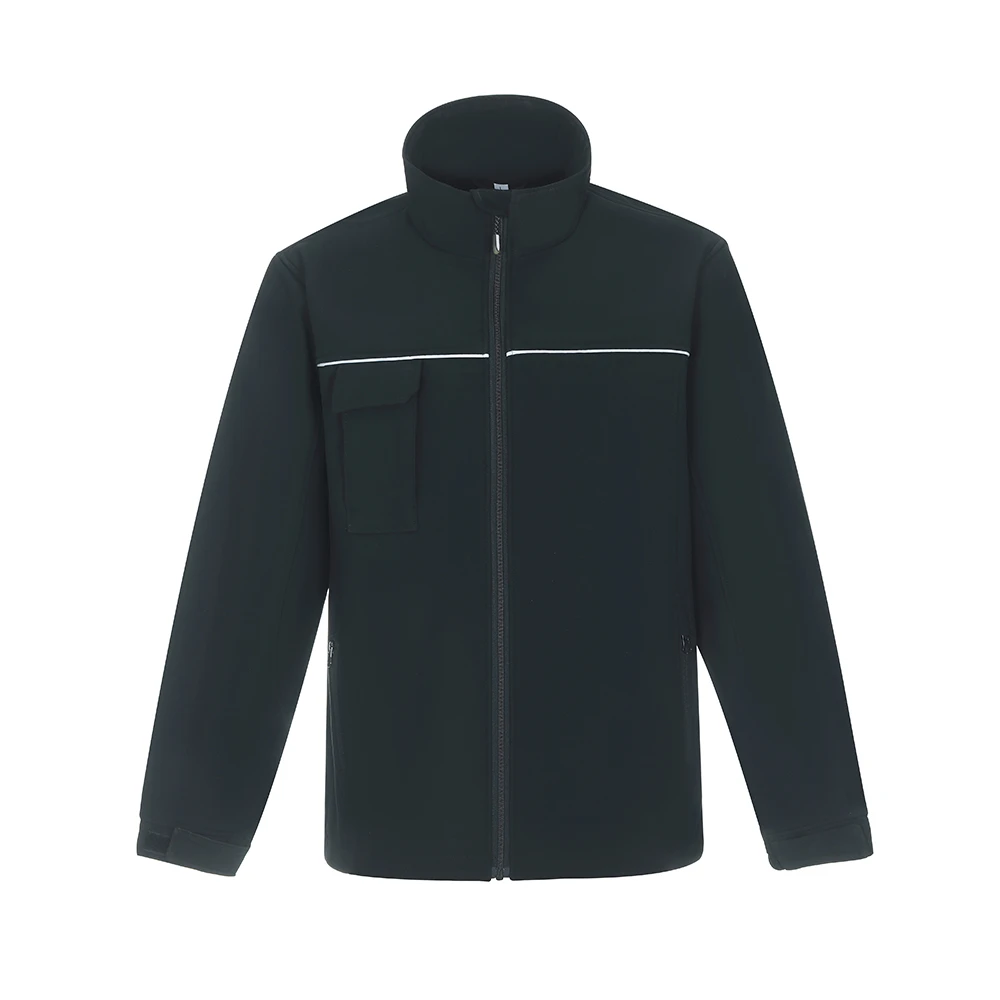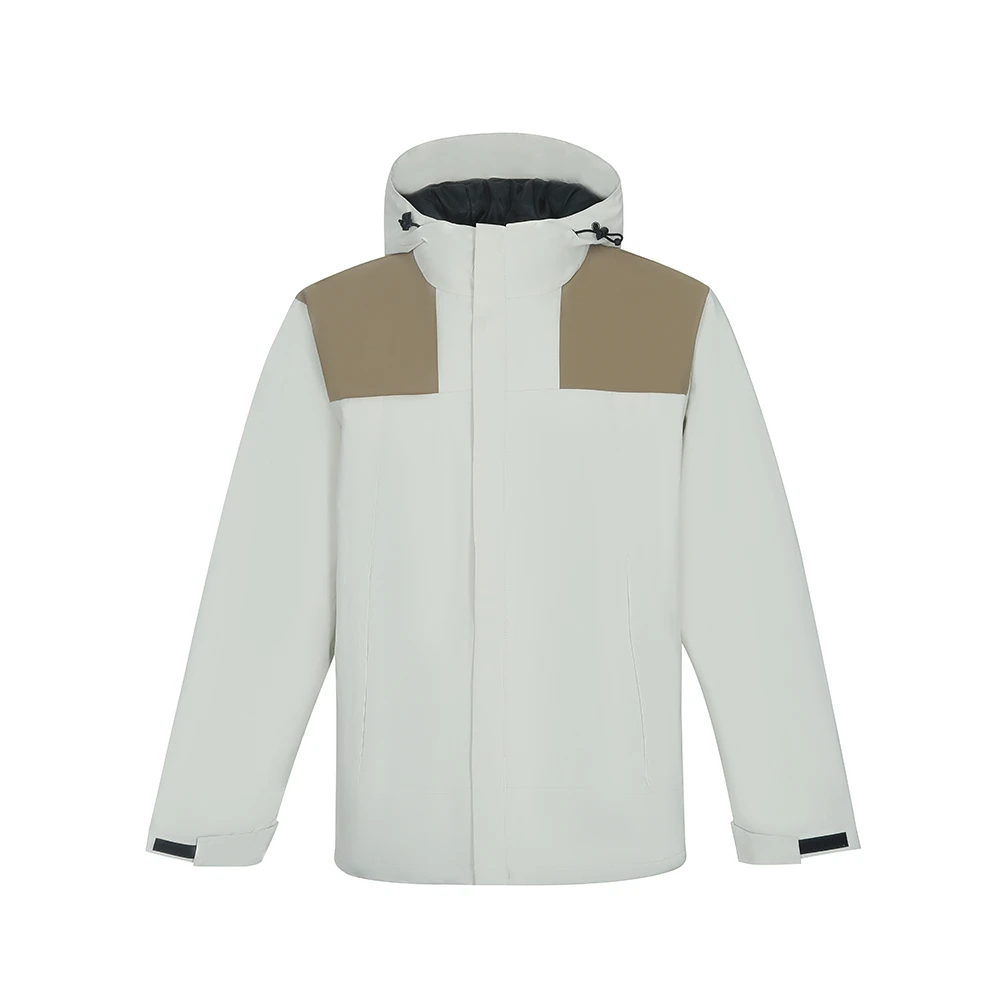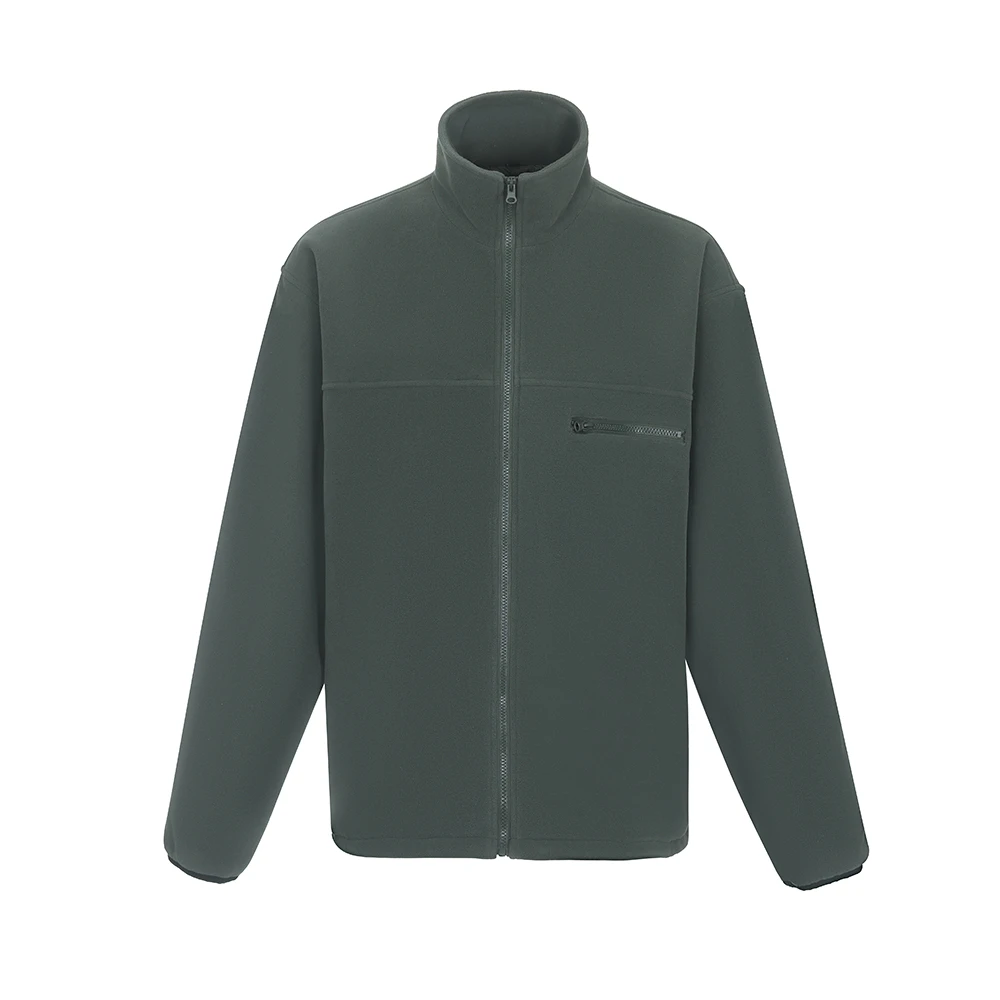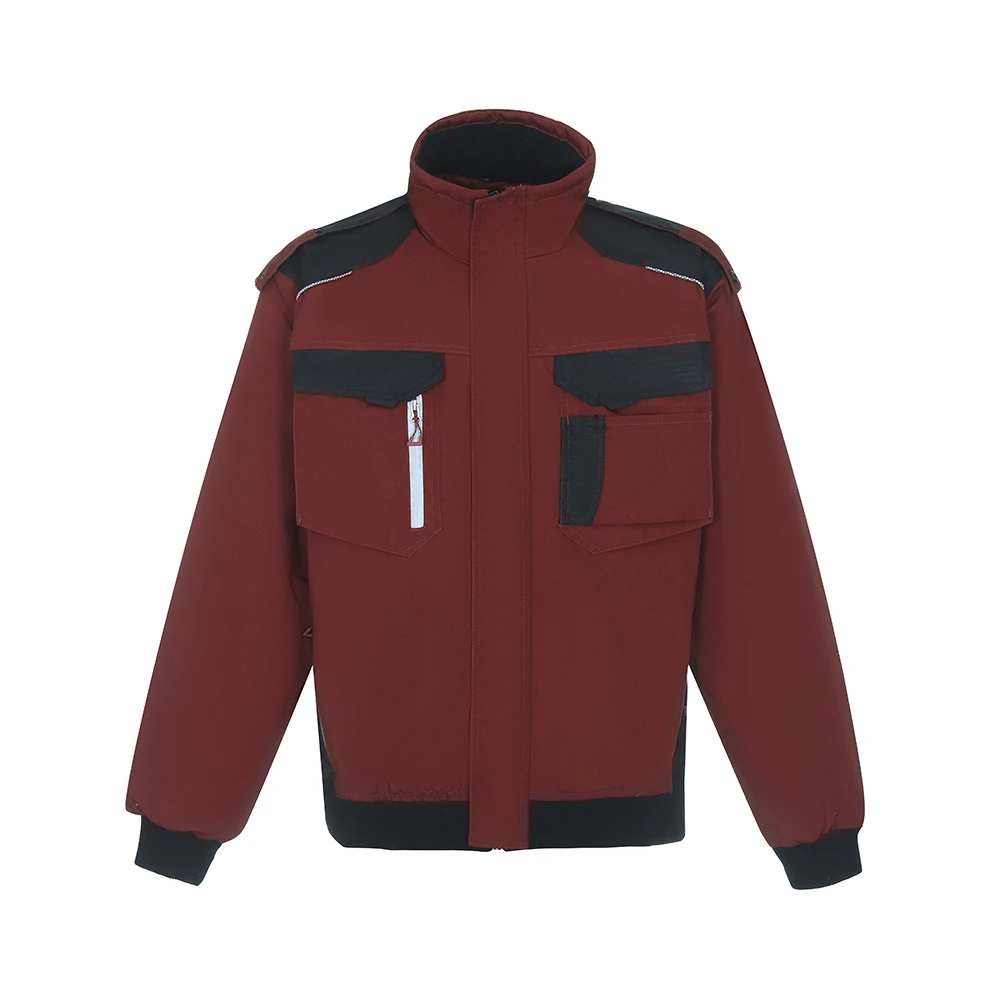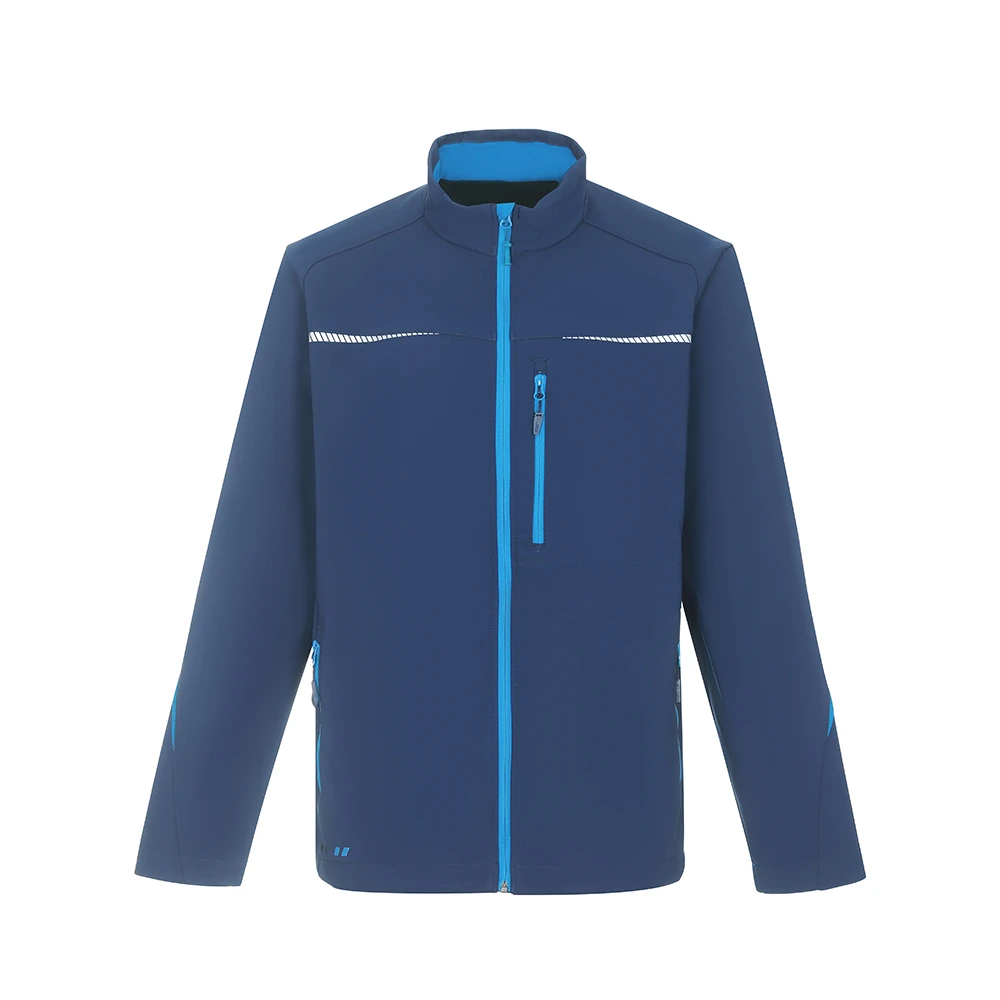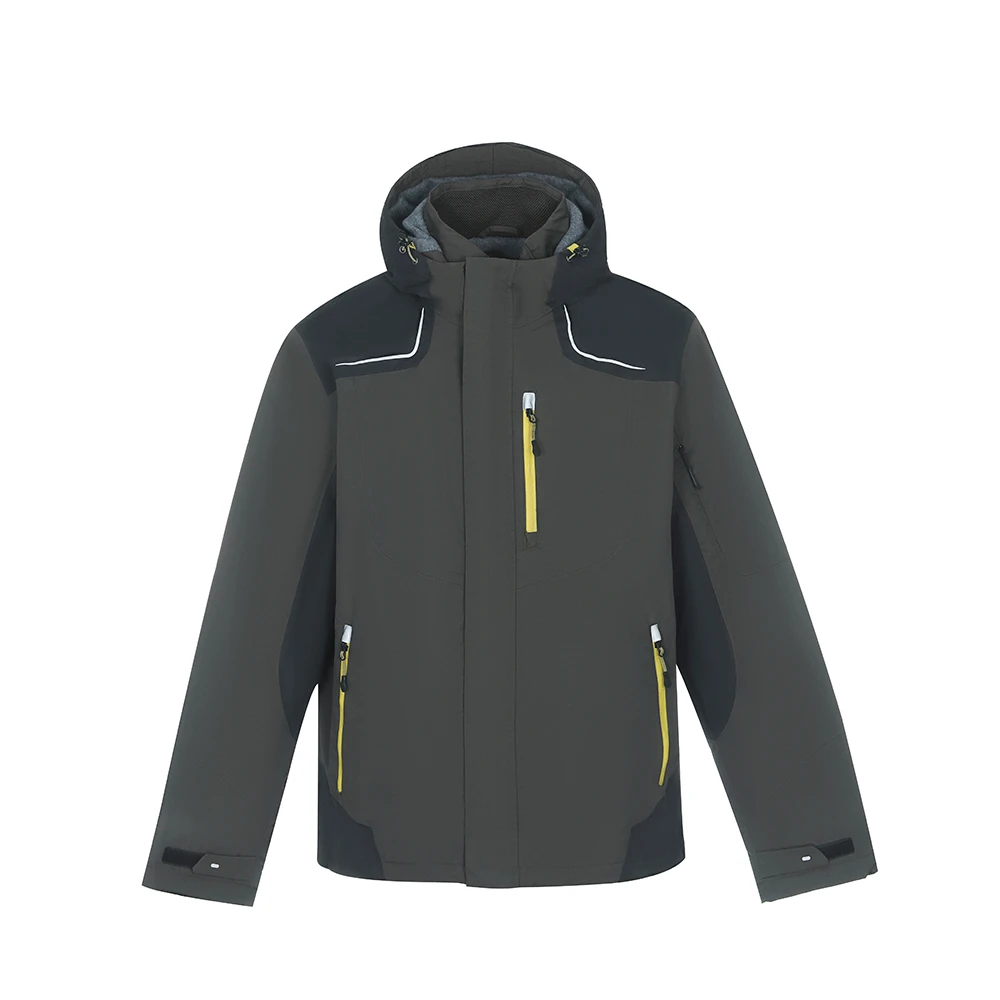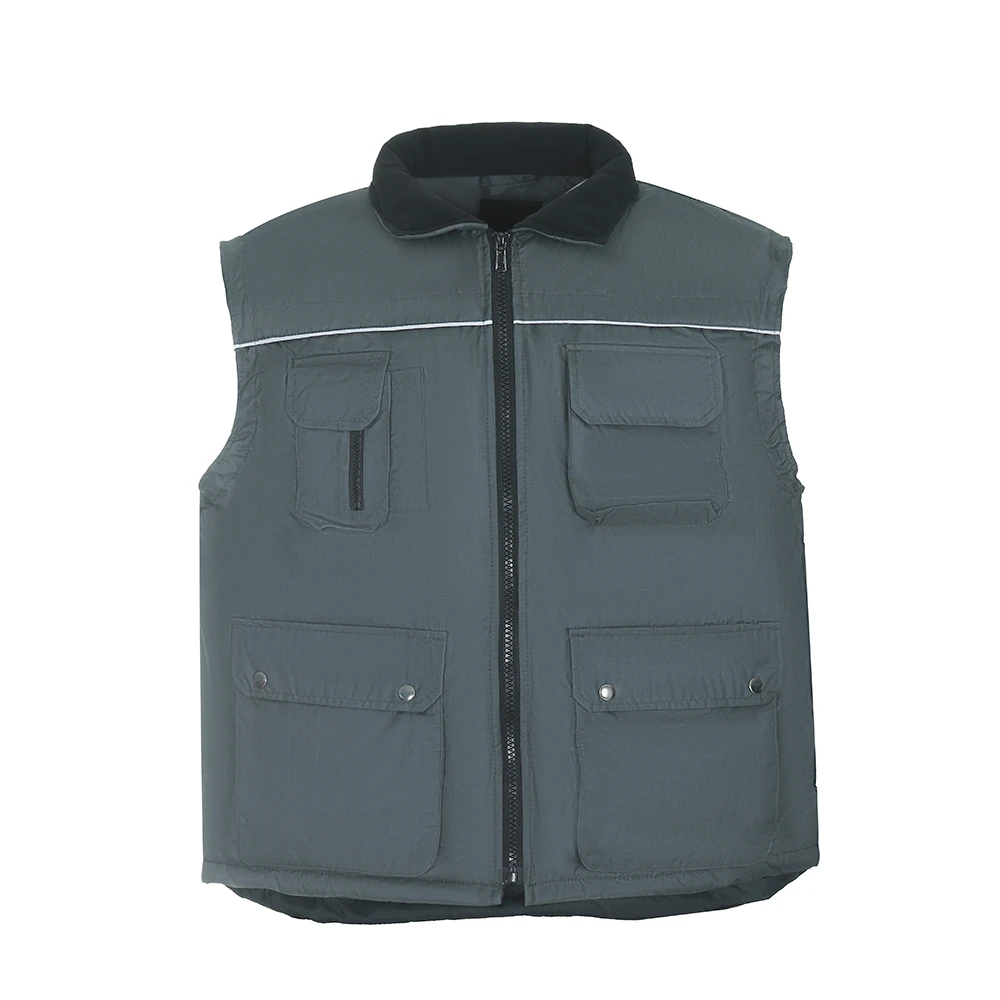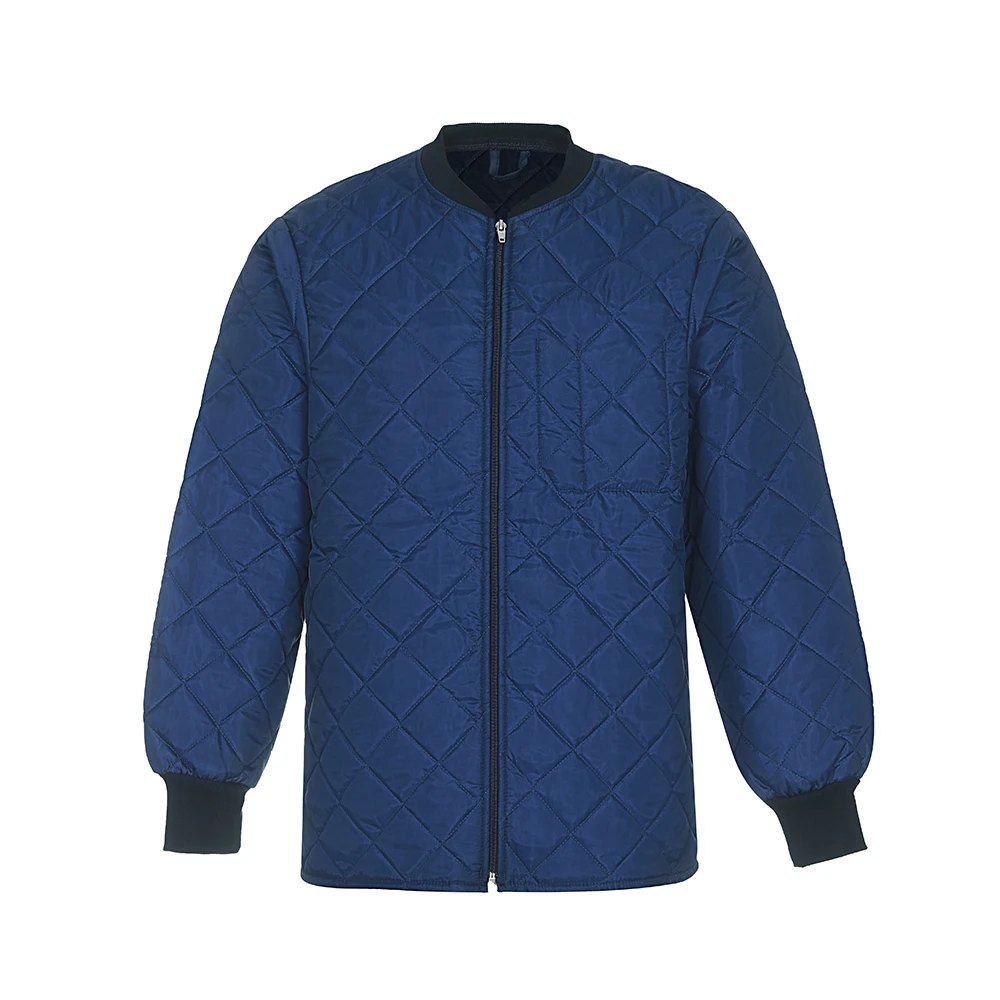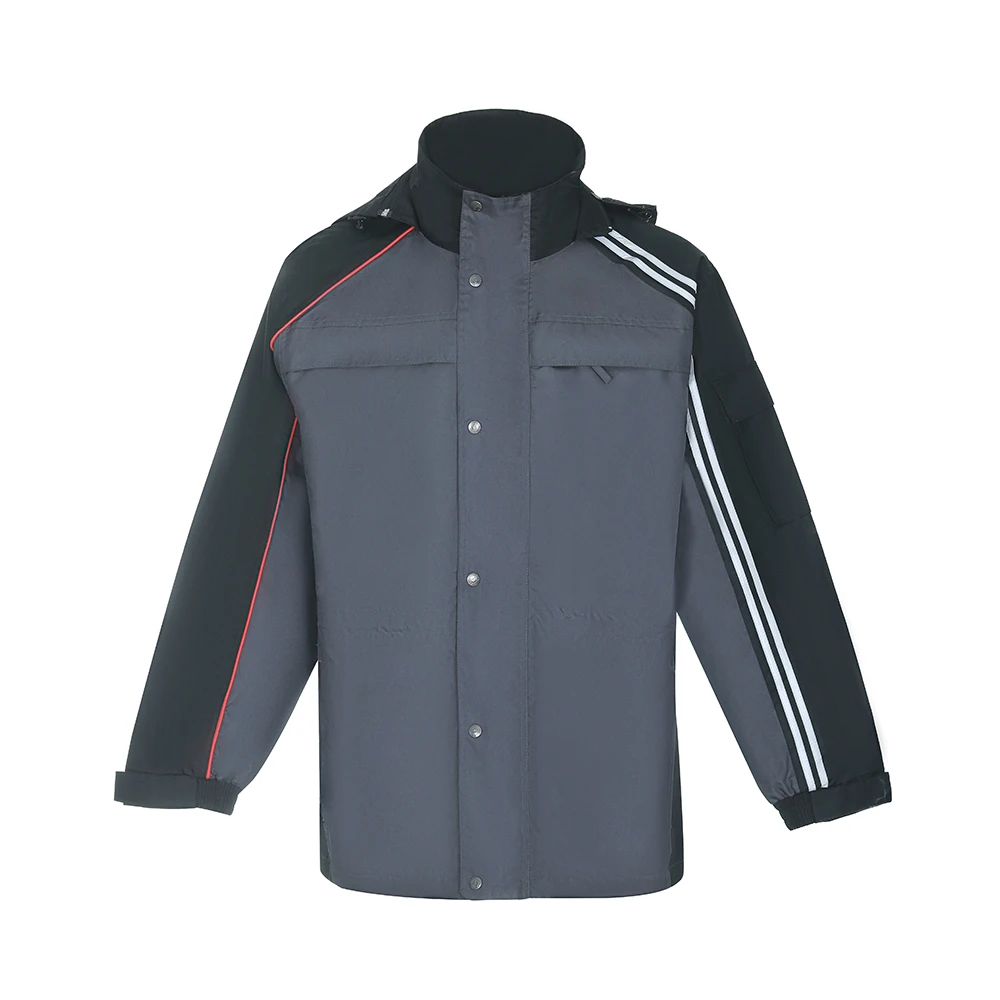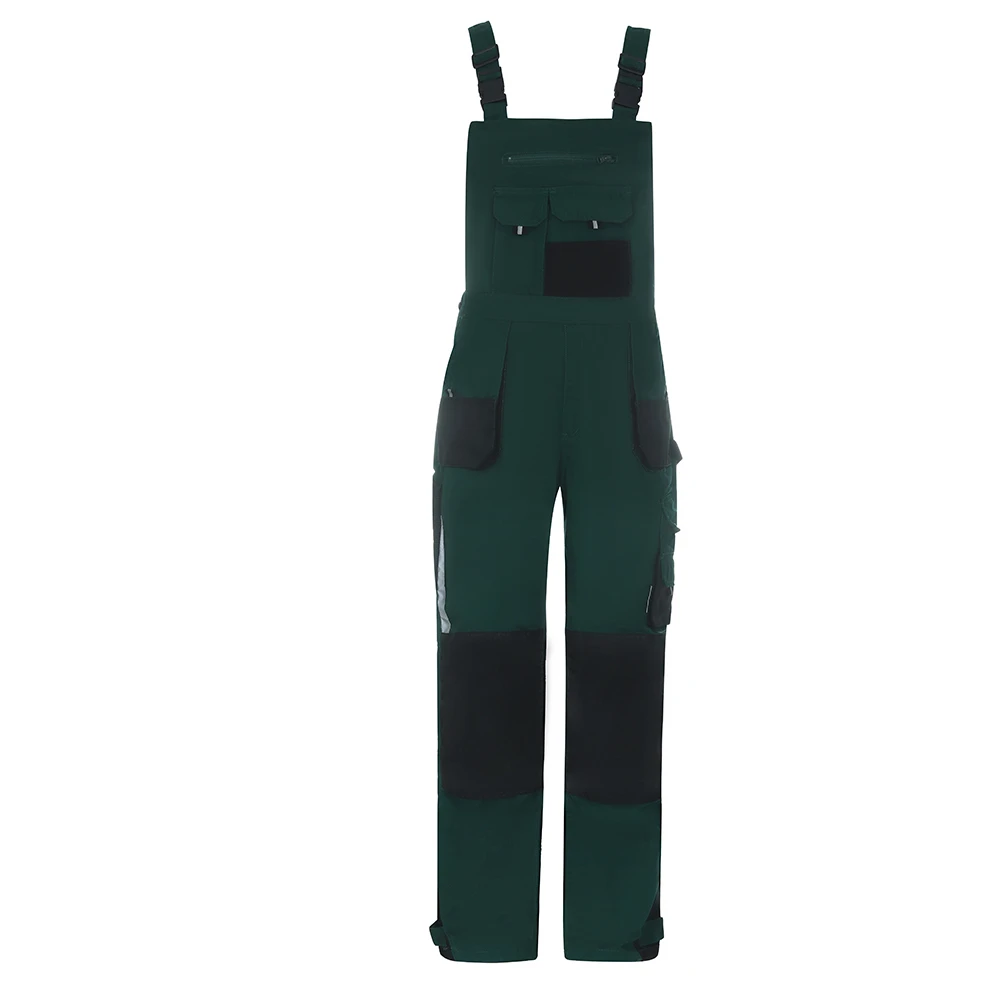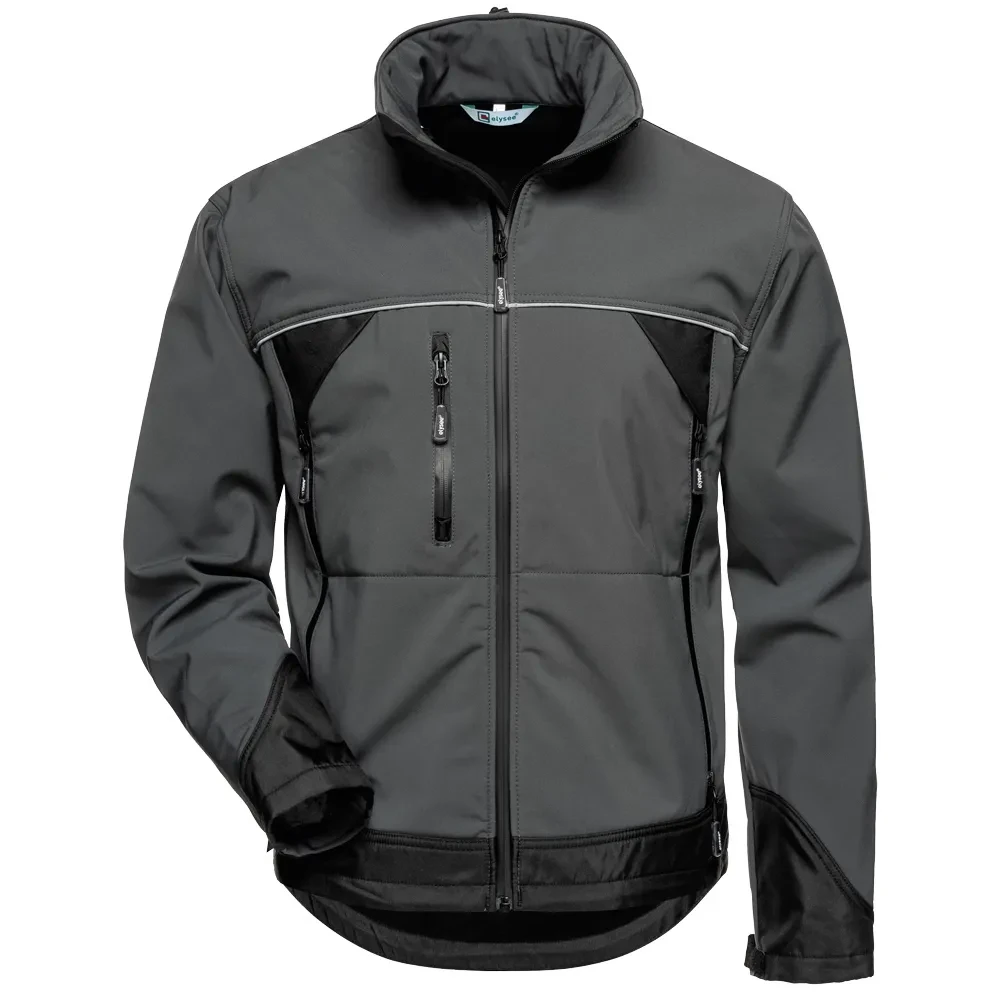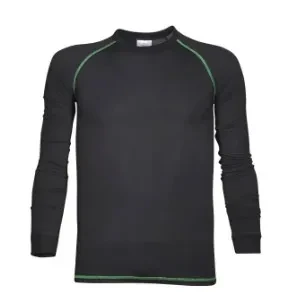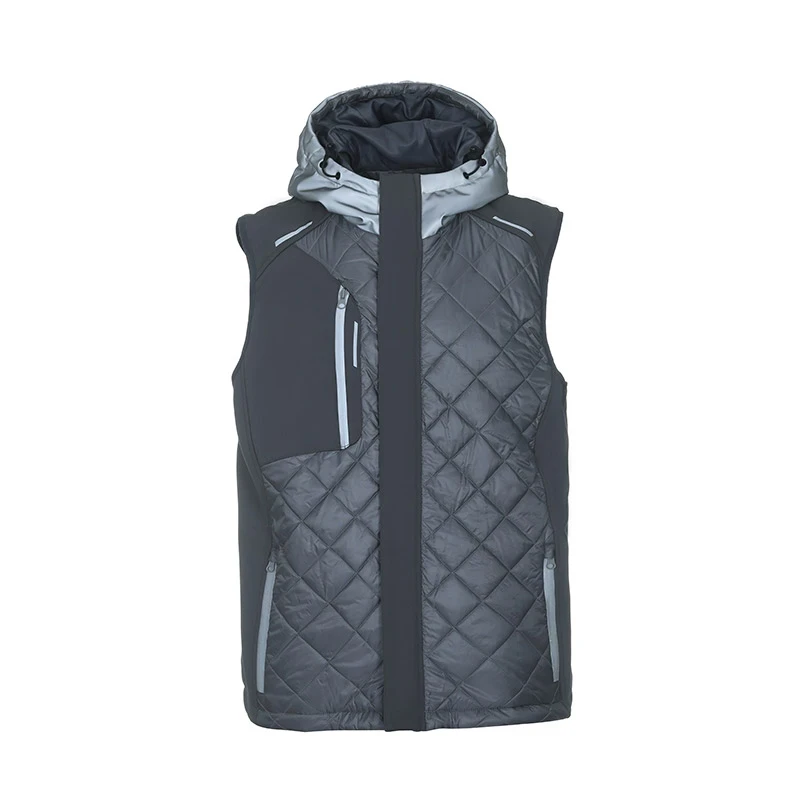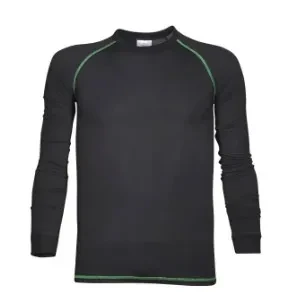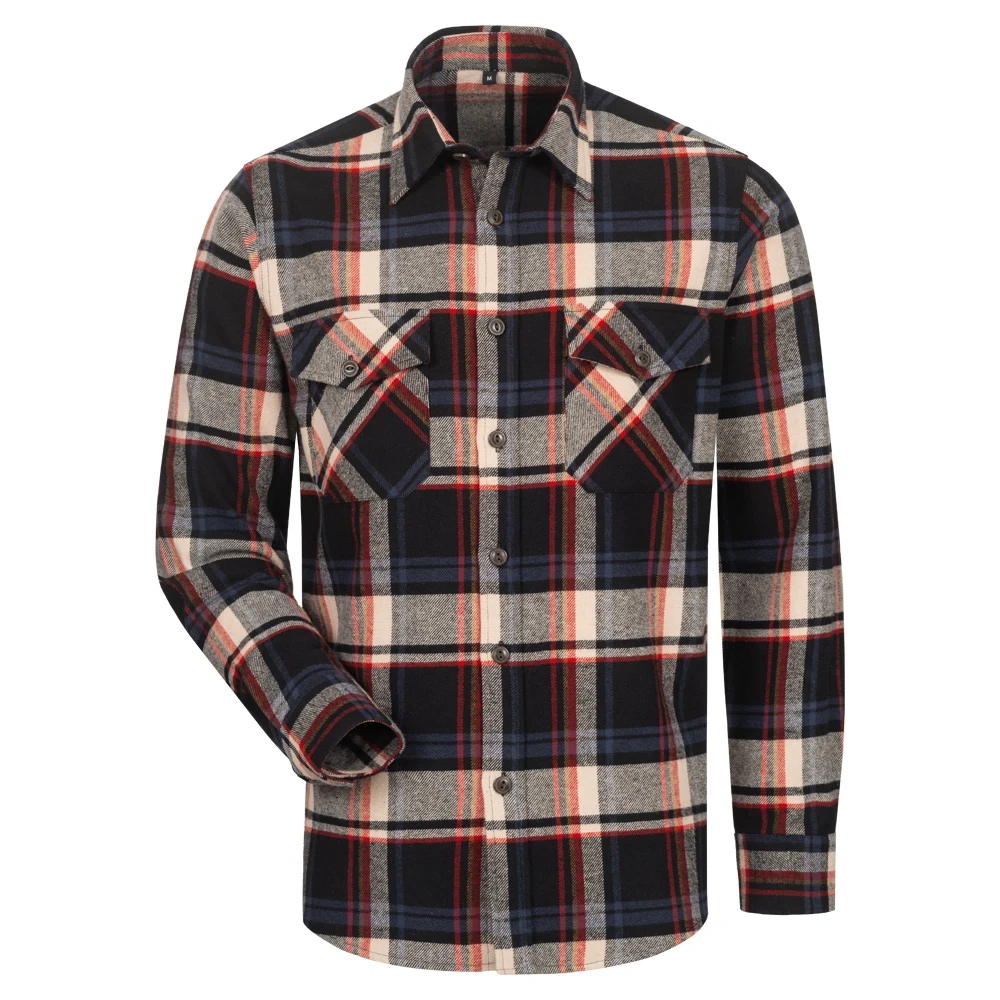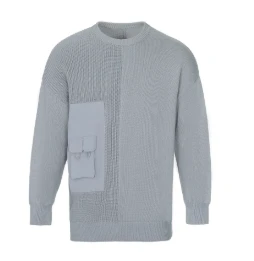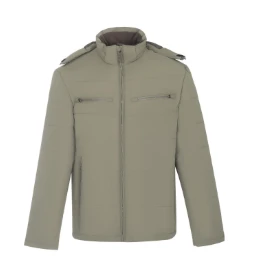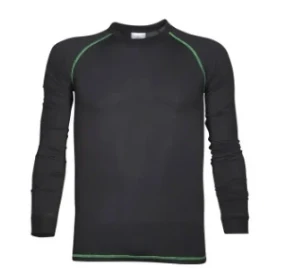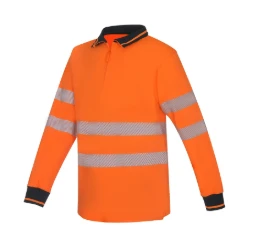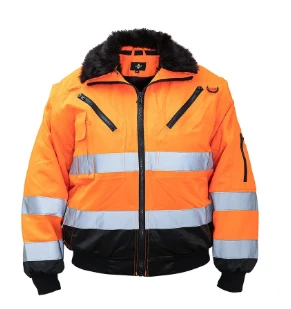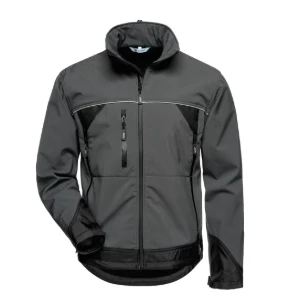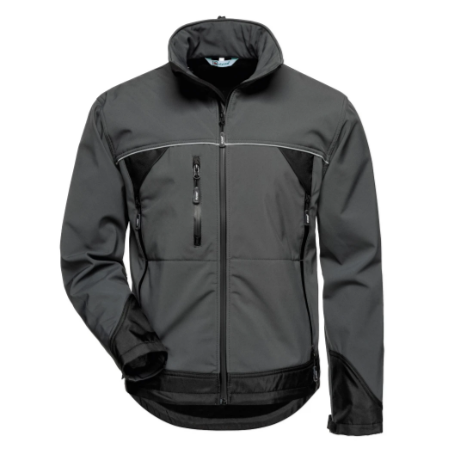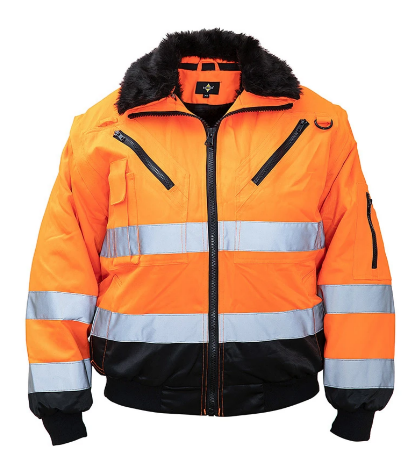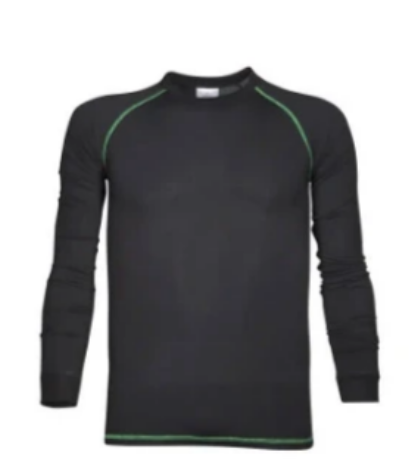
Sportwear is designed to provide optimal comfort, performance, and durability for individuals engaged in physical activities, from casual exercise to intense sports. One of the key advantages of sportwear is its use of advanced materials that offer breathability, moisture-wicking properties, and flexibility, ensuring that the wearer remains dry and comfortable even during intense workouts. The fabrics used in sportwear are engineered to wick away sweat from the body, keeping the skin cool and preventing discomfort that can arise from moisture accumulation. This makes sportwear ideal for activities such as running, cycling, or training, where maintaining comfort is essential for optimal performance. Another significant benefit is the flexibility and range of motion that sportwear provides. Unlike regular clothing, sportwear is designed to move with the body, allowing for unrestricted movement during exercise, whether it’s lifting weights, performing yoga, or engaging in dynamic sports.
This is achieved through the use of stretchable fabrics that contour to the body’s movements without constricting. Durability is also a key advantage, as sportwear is built to withstand the rigors of frequent washing and heavy use. Many sportwear items are made with reinforced stitching and durable materials that resist wear and tear, making them long-lasting and cost-effective. Additionally, sportwear is often designed with ventilation features, such as mesh panels or breathable fabrics, to enhance airflow and regulate body temperature, especially during high-intensity activities. The design of sportwear also contributes to its performance benefits, with features like ergonomic cuts, adjustable waistbands, and compression zones that provide support and enhance blood circulation. Overall, sportwear is a perfect combination of function, style, and comfort, helping individuals perform at their best while feeling confident and supported.
What Is The Difference Between Sportswear And Activewear?
Sportswear and activewear are terms often used interchangeably, but they have distinct differences in terms of design, functionality, and intended use. Sportswear typically refers to clothing specifically designed for physical activities such as running, playing sports, or engaging in intense workouts. It is engineered with performance-enhancing features, such as moisture-wicking fabrics, breathable materials, and strategic cuts to promote ease of movement during high-impact sports. Sportswear is often created with specific sports in mind, providing targeted support, compression, and flexibility for various athletic endeavors. These garments are usually designed to withstand the demands of physical exertion, offering durability and comfort for individuals during competitive or strenuous activities. Activewear, on the other hand, is a broader category that includes any clothing worn for physical activity, but it’s not necessarily tied to a specific sport.
Activewear focuses more on versatility and comfort, allowing wearers to engage in a range of activities such as yoga, casual gym workouts, running, or even just everyday wear for those who prefer a more active lifestyle. While activewear also incorporates performance features like moisture-wicking and breathability, it is often designed with a more relaxed, casual aesthetic, making it suitable for both exercise and leisure. Activewear garments are typically made from stretchable and flexible fabrics, ensuring comfort for a variety of low-impact activities. While both sportswear and activewear serve functional purposes, sportswear tends to be more specialized for athletic performance, whereas activewear prioritizes comfort, style, and versatility, offering a seamless transition from workout to casual wear. Both categories, however, emphasize comfort, flexibility, and style to support an active lifestyle.

